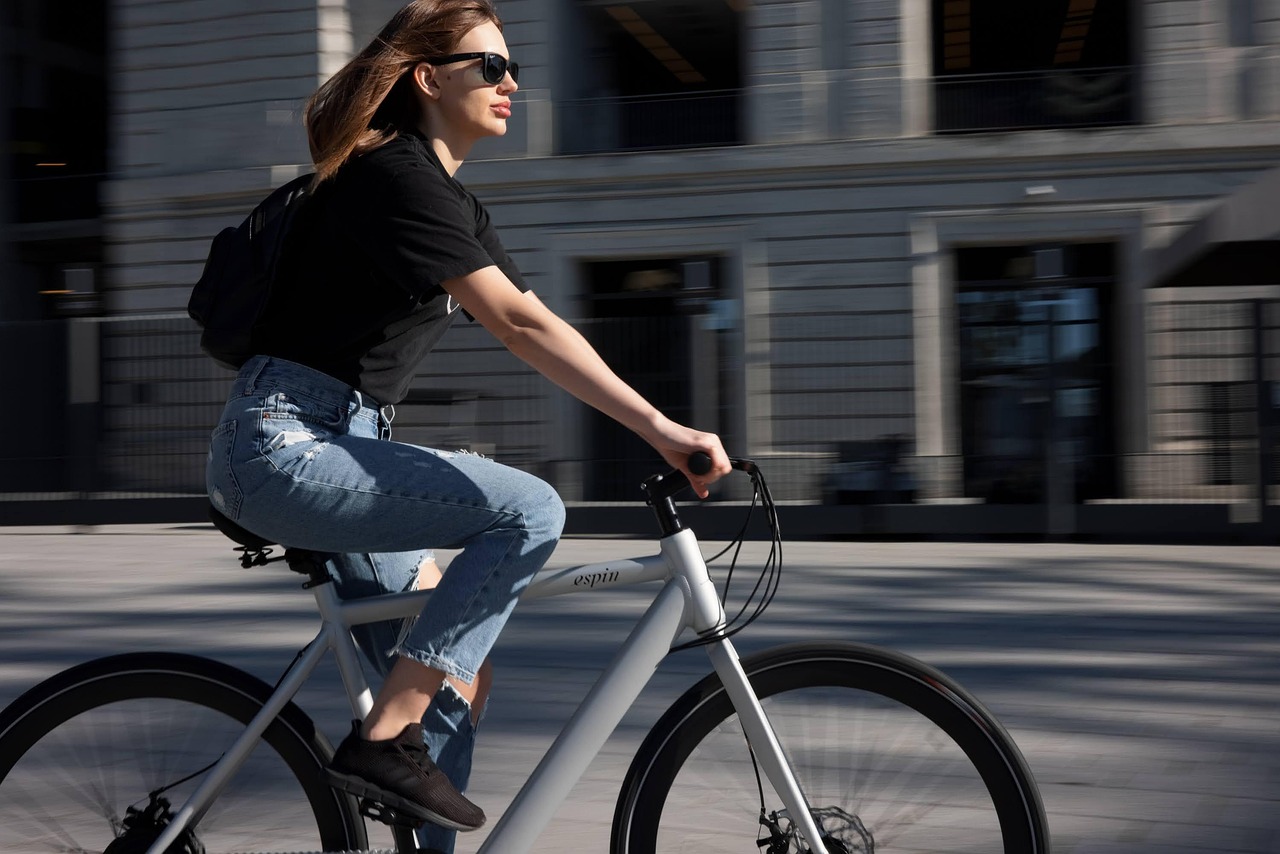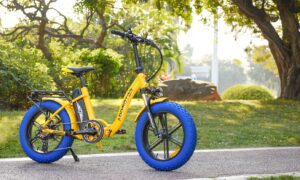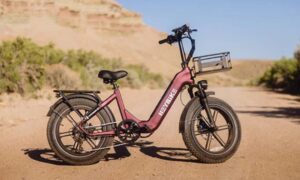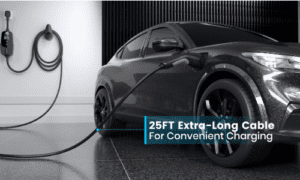Electric bikes (commonly known as e-bikes) have taken the world by storm in recent years. They offer an eco-friendly, efficient, and fun way to get around town, commute to work, or enjoy the outdoors. With more models hitting the market every year, buying your first e-bike can feel a bit overwhelming. We’ve partnered up with Merkx to write this detailed guide that breaks down the essentials so beginners can confidently make the right purchase.
What Is an Electric Bike?
An electric bike is a bicycle that comes with a built-in electric motor to assist with pedalling. Unlike a scooter or motorbike, you still pedal like a traditional bike, but the motor kicks in to give you a boost – perfect for climbing hills, riding longer distances, or simply reducing fatigue.
There are three main types of e-bikes:
- Pedal-assist (pedelec): These provide motor assistance only when you’re pedalling.
- Throttle-assist: These can be powered by a throttle without pedalling, more like a moped.
- Speed pedelec: Similar to pedal-assist but capable of higher speeds (up to 45 km/h), often requiring registration and a helmet by law.
Why Buy an Electric Bike?
People choose electric bikes for a variety of reasons:
- Commuting: E-bikes make commuting faster and less tiring, especially over longer distances or hilly terrain.
- Fitness: You still get a workout, but with reduced strain, which is ideal for beginners or people returning to exercise.
- Cost Savings: Compared to cars or public transport, e-bikes are low-cost to run and maintain.
- Environmental Impact: E-bikes are a greener alternative to gas-powered vehicles, helping reduce carbon emissions.
Key Features to Consider
1. Motor Type and Power
Most e-bikes come with either a hub motor (mounted in the wheel) or a mid-drive motor (located near the pedals). Mid-drive motors are typically better for hills and feel more natural to ride, while hub motors are quieter and more affordable.
Motor power is measured in watts. For everyday riding, a 250W to 500W motor is usually sufficient. More powerful motors are available but may come with legal restrictions depending on your location.
2. Battery Life and Range
The battery determines how far you can travel on a single charge. Ranges vary widely (from 30 km to over 100 km) depending on battery size, rider weight, terrain, and level of motor assistance used.
Look for a removable lithium-ion battery with at least 400Wh (watt-hours) for a decent balance between range and weight. Removable batteries are easier to charge and replace.
3. Frame Type and Fit
E-bikes come in a variety of frame styles, including:
- Step-through frames: Easier to mount and ideal for city riding or casual riders.
- Mountain bike frames: Great for off-road and rugged terrain.
- Folding bikes: Perfect for urban commuters with limited storage space.
Make sure to test ride the bike to ensure it fits your height and riding style.
4. Gears and Brakes
Higher-end e-bikes often come with multiple gears, which help manage pedalling effort when riding uphill or at higher speeds. Look for hydraulic disc brakes for reliable stopping power, especially in wet conditions.
Legal Considerations
In Australia and many other countries, there are rules around how powerful an e-bike motor can be and whether a throttle is allowed. Most states allow pedal-assist e-bikes up to 250W, and anything more may be considered a motorbike, requiring registration and licensing. Always check local regulations before purchasing.
Budget and Pricing
E-bikes range in price from $1,000 to over $6,000, depending on the brand, features, and build quality. For beginners, expect to spend $1,500–$3,000 for a reliable, well-equipped model. Cheaper e-bikes can be tempting but may suffer from limited range, poor-quality components, or lack of after-sales support.
Where to Buy
You can purchase e-bikes:
- In-store at local bike shops: Ideal for test rides, expert advice, and servicing.
- Online retailers: Often cheaper, but be cautious – always check reviews and warranty options.
- Second-hand: Potential savings, but inspect the battery health and ask about past usage.
Maintenance and Care
Like any bicycle, e-bikes require regular maintenance: keeping tyres inflated, chains lubricated, and brakes adjusted. However, the electric components also need care – don’t expose the motor or battery to water, and avoid overcharging the battery. A good e-bike should last 3–5 years or more with proper upkeep.
Final Tips for First-Time Buyers
- Try before you buy: Take a few test rides to compare models.
- Think about your needs: Commuting? Fitness? Weekend rides? Choose accordingly.
- Don’t forget accessories: Helmets, lights, locks, and racks can make a big difference.
- Plan for charging: Ensure you have a convenient place to plug in at home or work.
An electric bike can be a life-changing investment, offering freedom, fitness, and sustainability in one neat package. With a bit of research and the right model, your first e-bike ride could be the beginning of a whole new way to move.



































